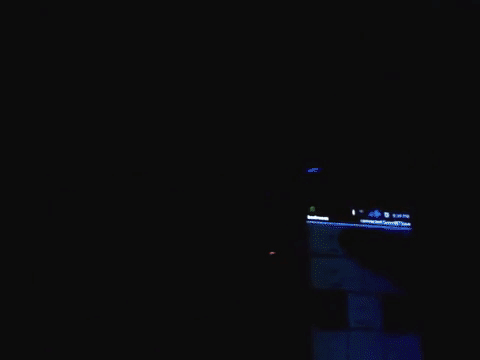
Home | About me | Projects | CV | Education | Experience
We worked on this project to understand if there was any hidden trend on how stock prices of an airline company are affected by it’s on-time performance.
Suppose, on a particular day, if majority of flights of a particular airline company are cancelled/delayed, it can be intuitively understood that this would affect the company’s stock prices. A drop in the stock prices could be anticipated.
However, this trend in stock prices may not be effectively predicted on regular days. We were intrigued by this idea as there might be a hidden trend in nature which may not be intuitive to understand, but Machine Learning ideas could be used in this scenario to learn a close approximation of this hidden trend.
Some noteworthy learnings and outcomes from this project were :
Links : [ Complete project report ]

We tried to explore the problem space of planning the motion of a dynamic body by in influencing it with another dynamic body. To explore the problem space, we applied this to the sheep dog problem where we program the robotic dog to herd the sheep towards the goal.
The problem of moving an object (or a set of objects) to a desired goal state by in influencing the object (or a set of objects) to be moved using another object that already has a notion of where the goal is location has been addressed.
Links : [ Complete project report ]
The project was undertaken as my Engineering Final Project, teaming up with three other classmates. It was successfully completed in 15 weeks on record low budget of under ₹20,000. The 3D printer was based on Reprap mendel open source model.
Arduino acted as the printer controller running teacup firmware, which was connected to a PC running the printer interface software.
We were able to achieve near perfect prints out of ABS plastic with extrusion thinness being 0.3mm, with the dimensional accuracy being 0.1mm. The maximum size of the print possible was 25x25x20 centimetres. The project was highly appreciated by examiners/faculty during the final project review.
Noteworthy challenges that we have faced during this project were :
Links : [ Complete project report ]
The project was undertaken as summer internship at Centre for Artificial Intelligence and Robotics (CAIR), Bangalore. CAIR is a premier robotic research laboratory under DRDO, currently working on several autonomous robots like UGV’s, UAV’s amongst others required for use by the defence forces. Duration of the project – 6 weeks.
Optimized the performance of the existing first iteration of a tree climbing robot which was being developed for surveillance purposes.
I have worked on optimizing the electronic circuitry on the robot to improve the energy consumption. I have also reduced the physical vulnerability of the Robot by reducing the number of wires running between the motorboard and motors.
Several changes were done to the on-board electronics. The entire circuitry was redesigned, as the first iteration of the robot was equipped with several prototyping boards instead of a single custom motherboard.
A completely new mother board was designed from scratch and built specifically to ensure reduction in the number of loose wires and efficiency in communicating with other components on the robot.

This project was based on Android and Arduino interaction via Bluetooth. It was executed in 2 weeks time along with two other classmates.
We were able to achieve complete practical operation of turning on or off any electronic appliance running at 230V/upto 5A. Key learnings from this project were :
Based on the input received from the smartphone, Arduino would turn on/off the respective switch to power on/off the electrical devices.
Working on Line follower was my first practical exposure towards robotics and the robot was heavily worked upon for a span of over a year, resulting in several iterations resulting in optimising the efficiency, speed and intelligence of the robot.
The first iteration consisted of an AVR Atmega microcontroller board with 5 IR LED pairs providing the necessary input. In subsequent iterations, the control board was self designed and hand-soldered out of a single board including all the necessary electronics.